When sages heard the rumours or prophesy about the birth of the Buddha, they started to question the information. Who is this Buddha? What is his nature? What bodily characteristics does he have? How can one find or identify him? These sages were the founders of the teachings of the “Veda” and “Ayurveda” knowledge. These sages also developed a teaching which correlated bodily characteristics to a person. This particular teaching explained the way to identify a Buddha from his bodily characteristics. Most of the Brahmins of the time learned this knowledge. Based on this knowledge, the Brahmins found that a person with thirty-two auspicious marks would become a Buddha. This was widely believed among the people who lived at that time. If a person with such bodily marks was to live a household life then he would become a Universal King (Chakkavatti King) over the entire world. These bodily characteristics became the basic features for the outside world to identify the Buddha. So, open you heart and believe in the Most Fortunate One with these remarkable characteristics that are only found on him. The Lord Buddha obtained these great bodily characteristics as a result of the merits he accumulated from his meritorious actions through his physical body, speech and mind. This happened over the course of the infinite number of his past lives. These merits resulted in him being born in higher level worlds such as the divine and human worlds for an incredibly long time period. In his last life, he was born as a beautiful prince called “Prince Siddharta” with all these thirty-two bodily characteristics. The Lord Buddha taught his disciples about all these characteristics, one by one, in detail after he became the Supreme Buddha. Let us now learn about these thirty-two characteristics. He had well-formed feet because he performed good deeds with his body, speech and mind in his past lives. Over his many lives, he prevented evil unseen powers and thieves from hurting people and gave the people righteous protection. He also performed alms-giving together with many people. As a result of these meritorious actions, he was born with pleasant feet containing the marks of wheels. In many of his past lives, he refrained from killing. He felt shame in killing other beings and gave up all types of weapons. He lived his past lives with compassion towards every being. This was why he had long fingers and a straight body like that of a “Brahma” (a higher level being who lives in the divine world called the Brahma world). He also had a body with well-formed muscles. The merits he received by donating delicious food and flavourful drinks resulted in such marvelous features on his body. He also took care of people with alms, tender words and benevolent conduct and treated them with equanimity. He received great merits by treating many people in these ways. As a result of these merits, he was born with legs with perfectly formed bones. In many of his past lives, he learned various subjects and sciences well. He passed his knowledge onto others systematically, kindly and generously. As a result of such actions, he inherited hair like that of a red deer. What is merit and demerit? What is wrong and right? What should be searched and what should not? What actions will bring me comfort for a long time? He thought about these questions, avoided doing sins and did good deeds. This was why he had a pleasant and smooth skin that no dust could stick to. His lives were full of compassion. He did not get angry and did not make quarrels with others. He lived a life without hatred. He also furnished others with smooth covering sheets, blankets and smoothly decorated beds. As a result of these tremendous qualities, he had skin with golden color. There was another great deed he cultivated in his past lives. He brought divided families together by making peace between mothers and sons, daughters and mothers, sons and fathers, daughters and fathers and brothers and sisters. He enjoyed their unity. As a result of this quality, his genitals were covered in a sheath. In many of his past lives, he treated people corresponding to their talents properly. He identified them accurately and treated them with equanimity. As a result of this behavior, he had hands that could touch his knees when standing up straight like a banyan tree with a body equally well formed. He practised loving-kindness and developed his mind with these moral qualities over many lifetimes. How should beings be developed with faith, virtue, Dhamma learning, generosity and wisdom? How should they become rich? What are the ways to expand their good relationship with respect to their families? How can the relationships of their children, parents, relatives and friends be strengthened? Similarly, Buddha lived many lives as the “Bodhisatta” thinking kindly and compassionately about others’ joy. He spread his compassion towards others with love and kindness. This was why he had a proud body like that of a lion. His body was well formed at each location and the shoulders were filled well with flesh. In his last life, he had perfect taste organs as a result of merits he accumulated by avoiding doing harm to any being using any kind of weapons. In most of his past lives, he never looked at anyone with displeased eyes, made faces or frowned with anger. He looked at everyone with clear and opened eyes directly with honest and virtuous thoughts without any anger towards them. The trait of having blue eyes in the Buddha was thus attributable to not making angry facial expressions in his past lives. Our teacher also had a full grown forehead as a result of him being virtuous with his bodily, verbal and mental actions, observation of precepts, taking care of parents and worshiping the ascetics who attempted to find enlightenment. Buddha also cultivated the true word. He lived sincerely in most of his past lives without deceiving people by telling lies. He spoke truthful words and did not break others’ confidence in his truthfulness. These true words merited him with woollen hair on his forehead in between his eyebrows. Each bodily hair was formed in one separate hair pore of his body. He abstained from divulging secrets, breaking relationships or urging others to break relationships. He supported peacefulness between others. He enjoyed promoting peace and seeing it prevail. This was why he had forty well placed teeth in his mouth without gaps between the teeth. He practised faultless speech in most of his past lives. He did not use rude words but instead used the words others were pleased to hear. This was why he was born with a deep voice like a Brahma (a being in the “Brahma” world) known as “Brahman Voice” and a broad and long tongue. His jaw was fully grown like that of a lion because he used the words of truth that benefited others and avoided useless words. The teeth in his mouth were naturally pure white in color. This was because of his sincere livelihood. In many lives in which he traded, he never cheated with weights and measures. He did not take bribes, deceive others with cheating methods or take things from them forcefully or by trickery. We must understand that the Gautama Supreme Buddha inherited all these great characteristics because of the great merits he accumulated in his past lives. Such a great person thus lets us believe in him and his meritorious deeds. You must remember it and make a determination to become a person valuing such great merits and to become virtuous and meritorious accordingly. Most Venerable Kiribathgoda Gnanananda Thero Note by Nayana Nilmini
උතුම් වූ ධර්ම දානය පිණිස මිතුරන් අතරේ බෙදාහරින්න...
One Comment
Comments are closed.
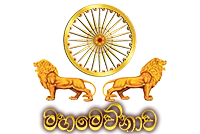




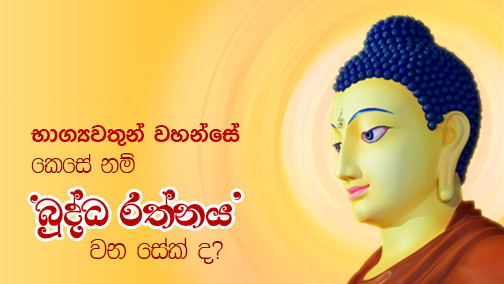
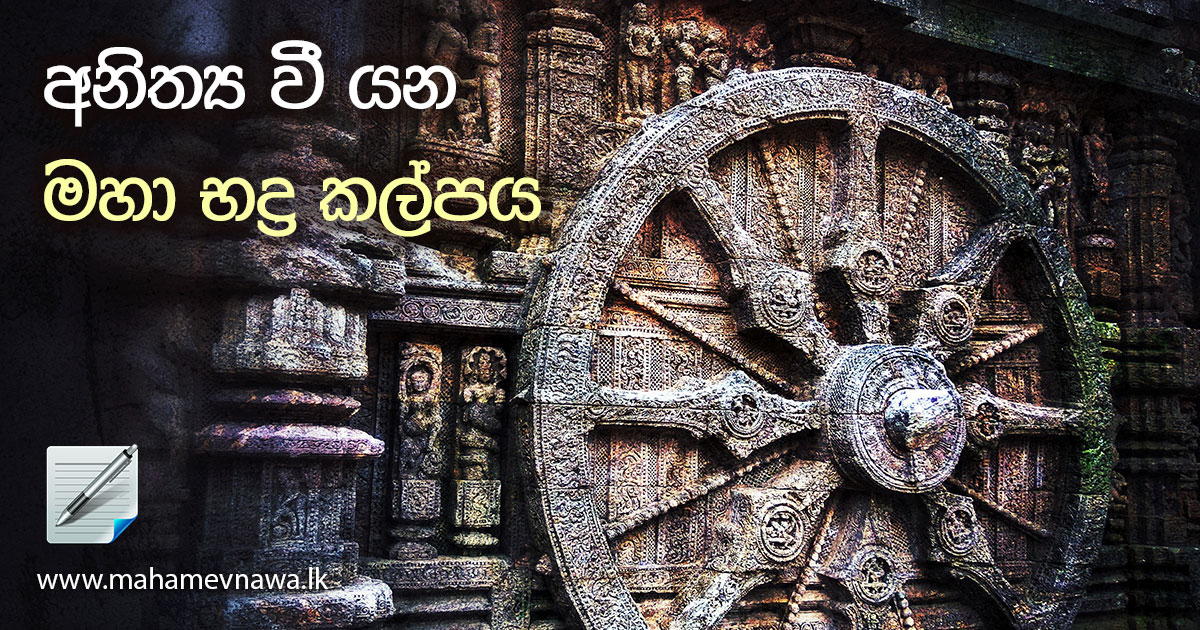
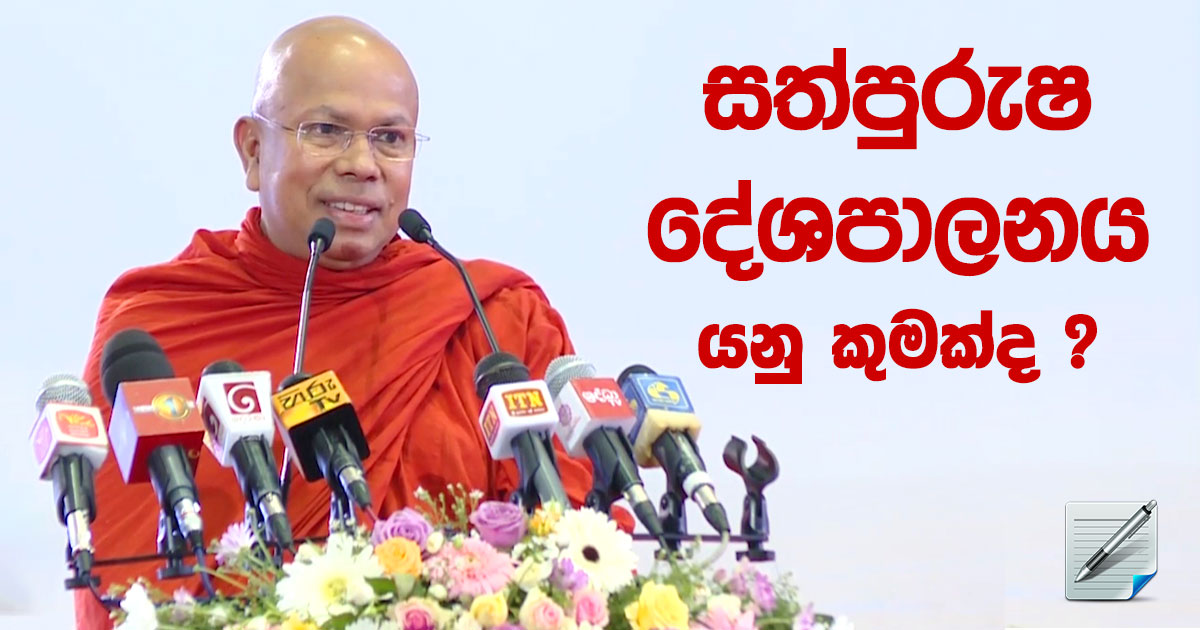
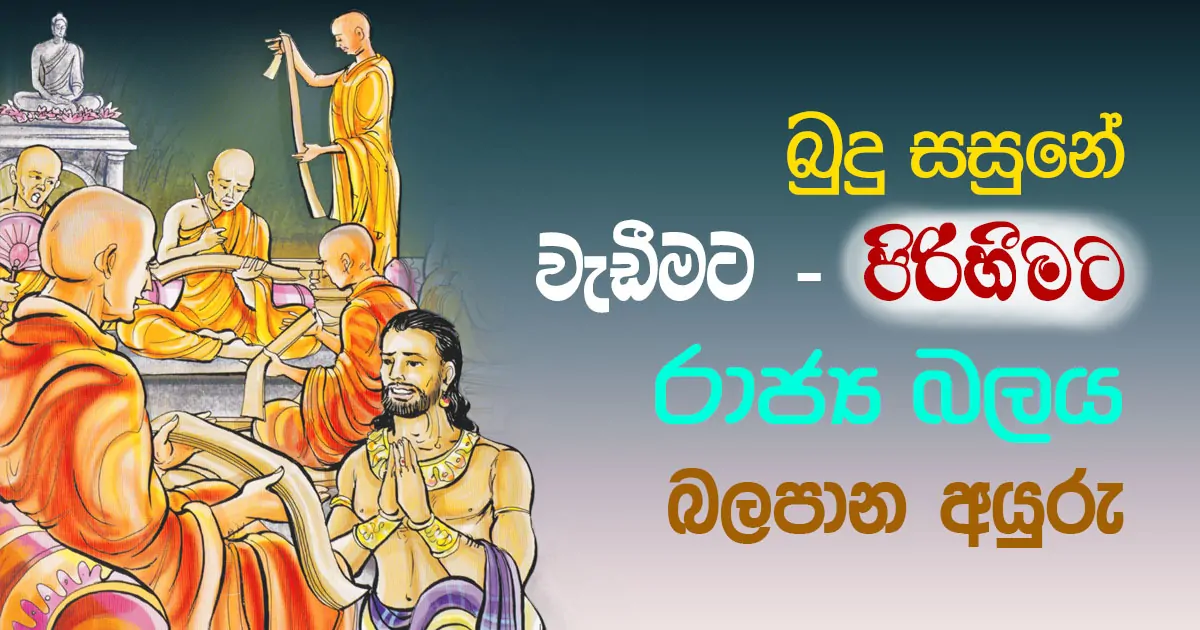

sri lankan leads to heavan and some will attend nibbana,
sure